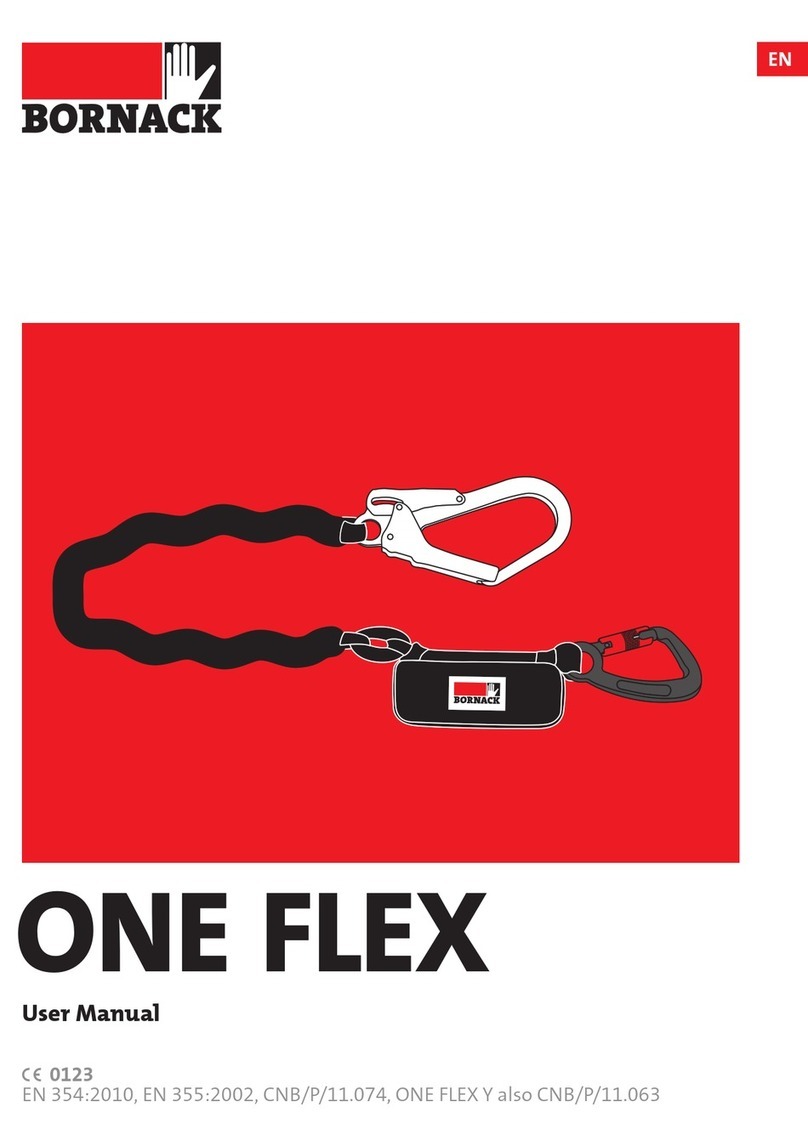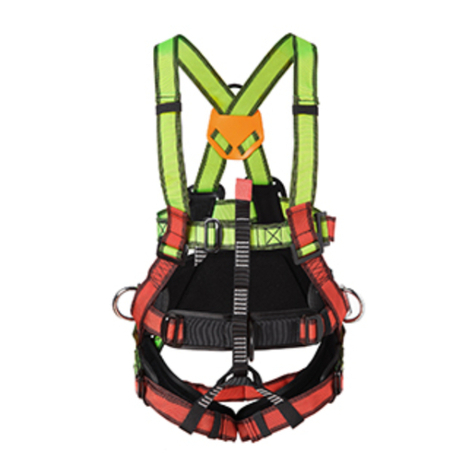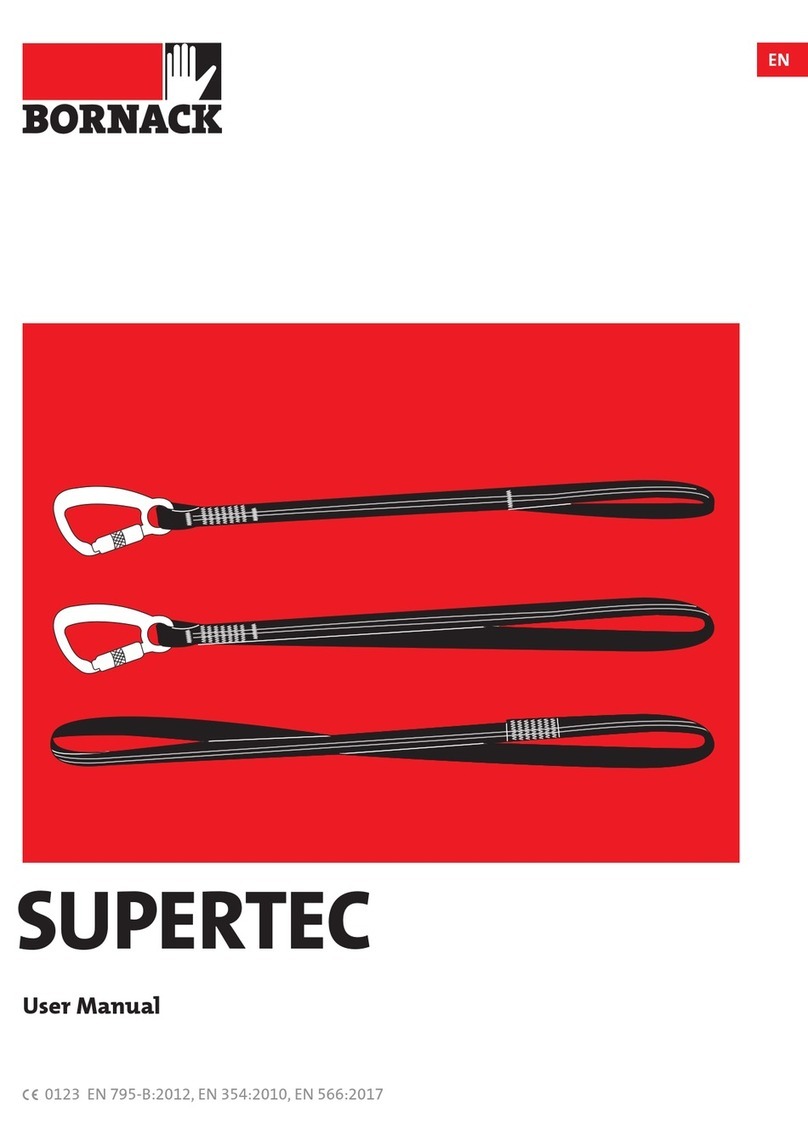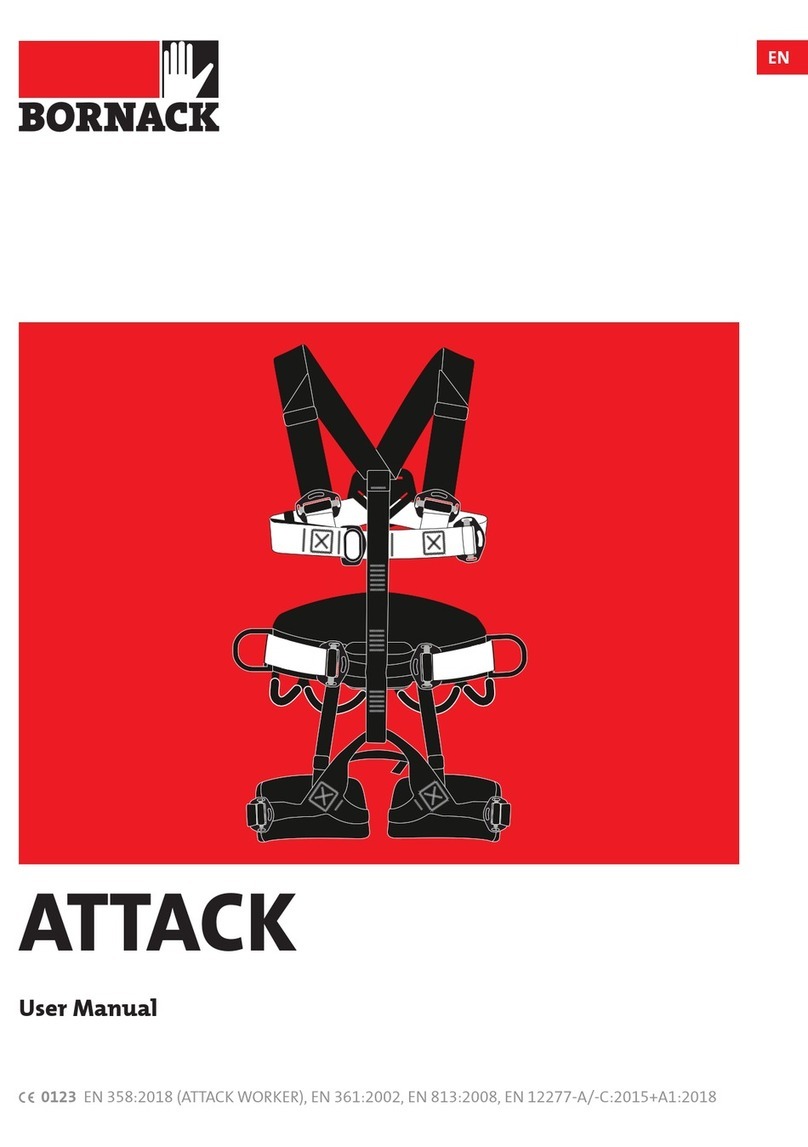Bornack IRS QLOCK User manual




















Table of contents
Other Bornack Safety Equipment manuals
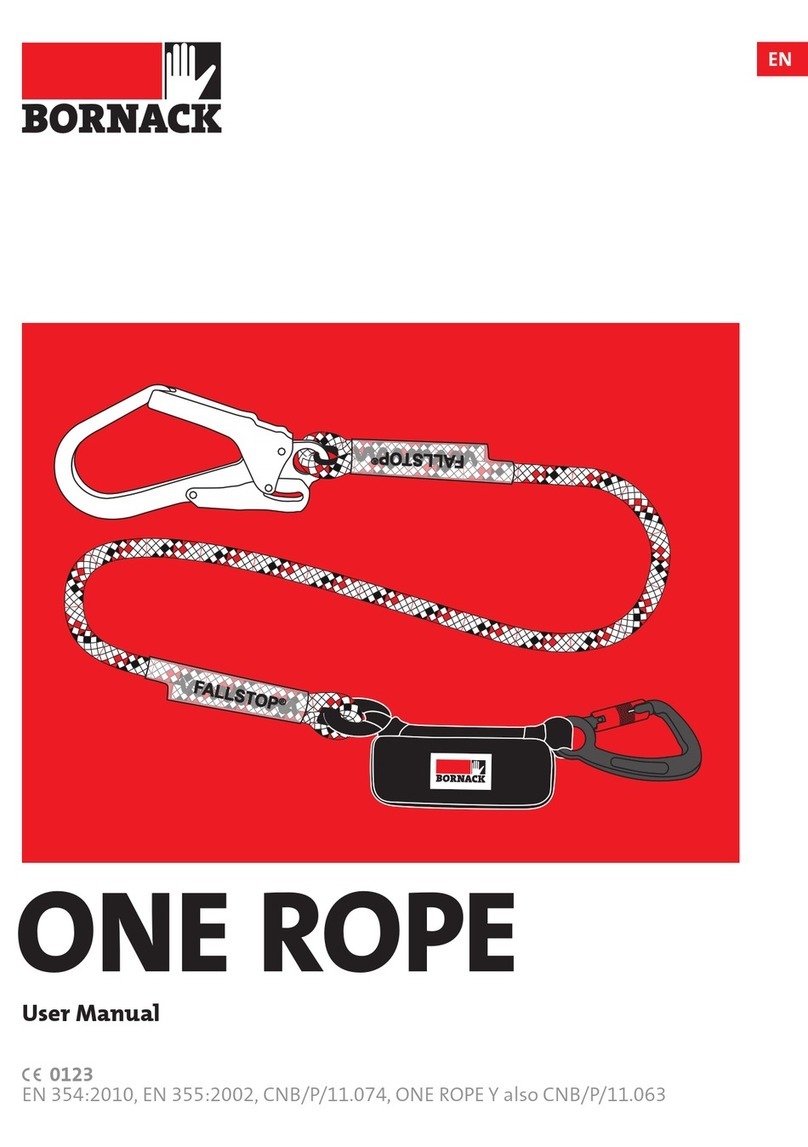
Bornack
Bornack ONE ROPE User manual

Bornack
Bornack TQR02 User manual
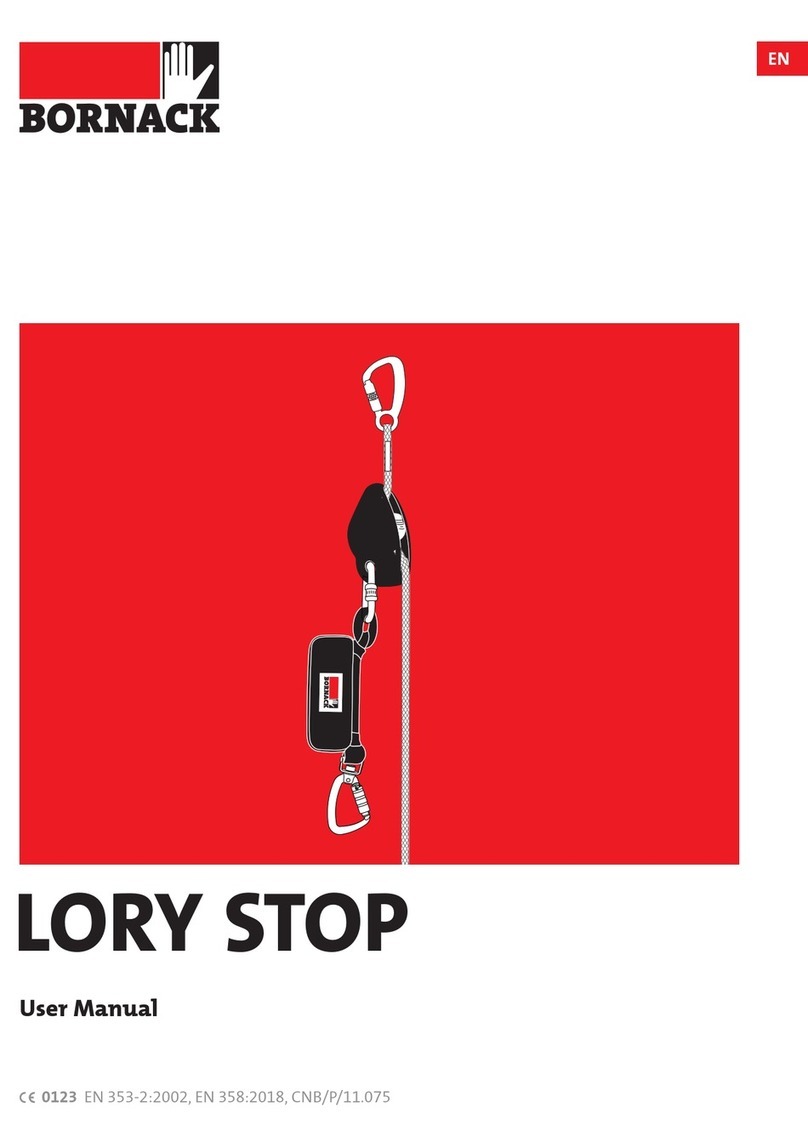
Bornack
Bornack LORY STOP User manual

Bornack
Bornack FS92 User manual
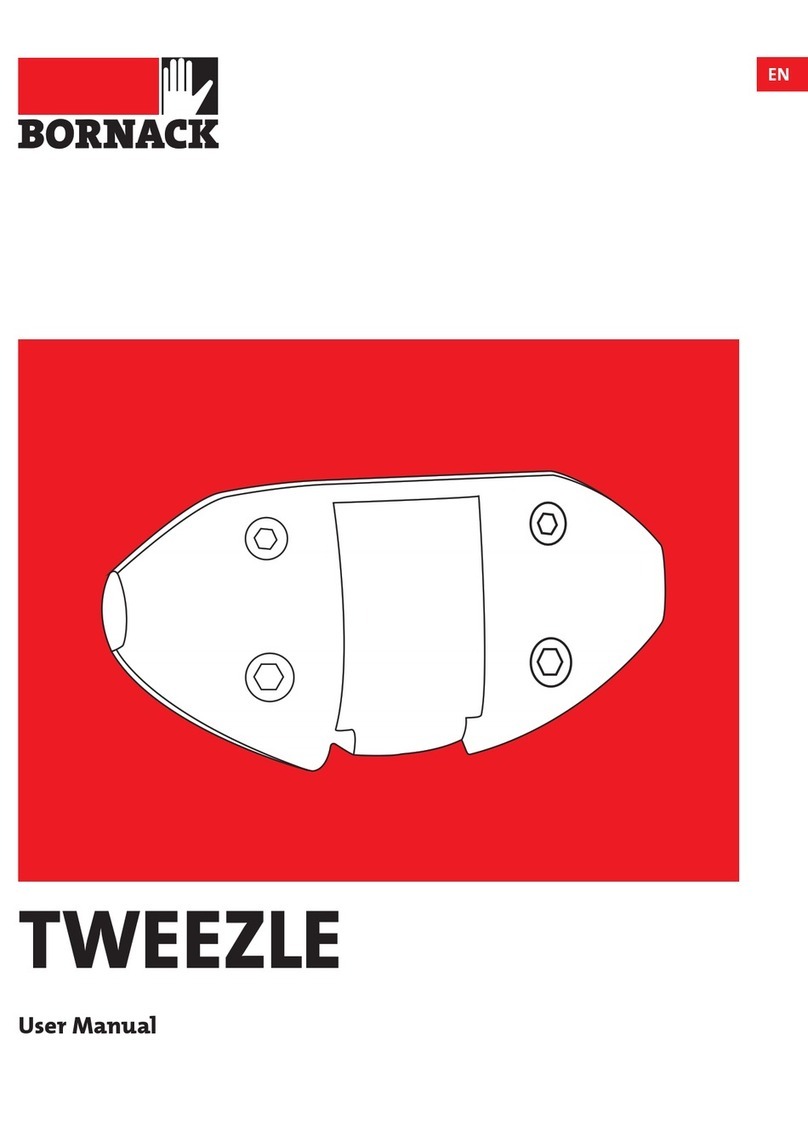
Bornack
Bornack TWEEZLE User manual
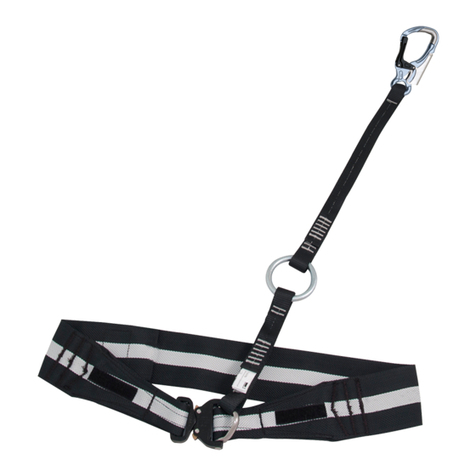
Bornack
Bornack IRS System User manual
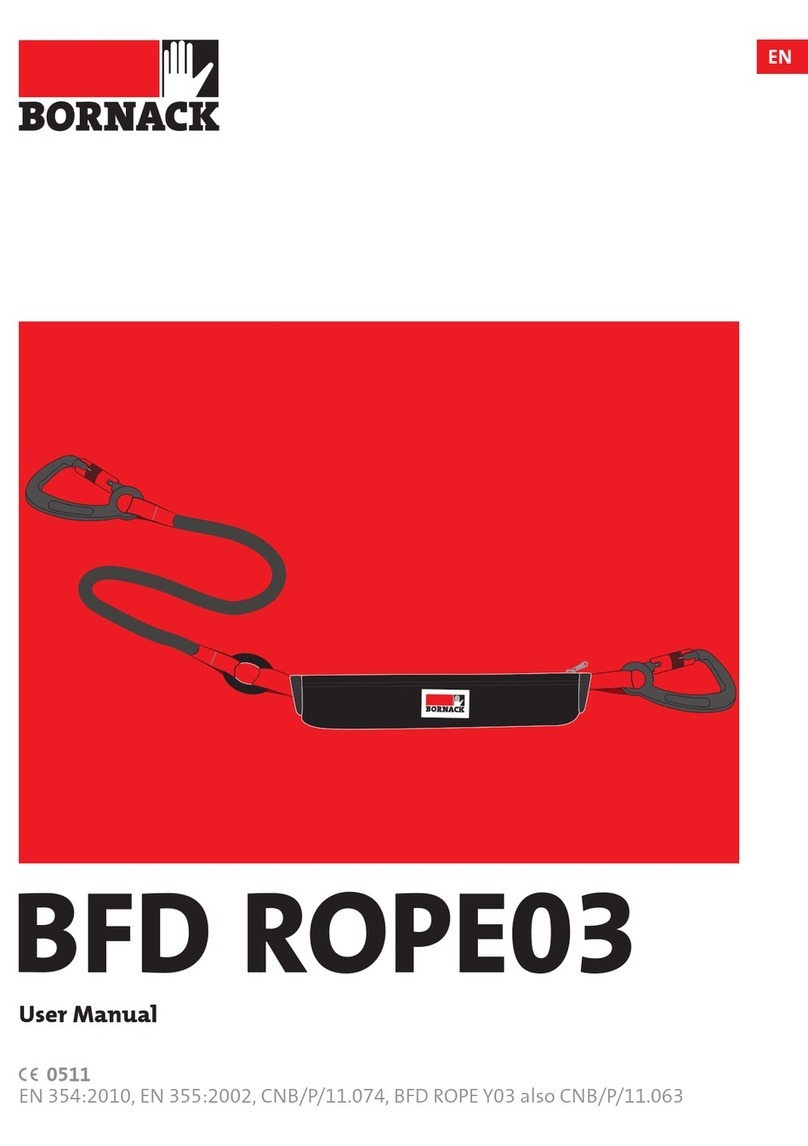
Bornack
Bornack BFD ROPE03 User manual
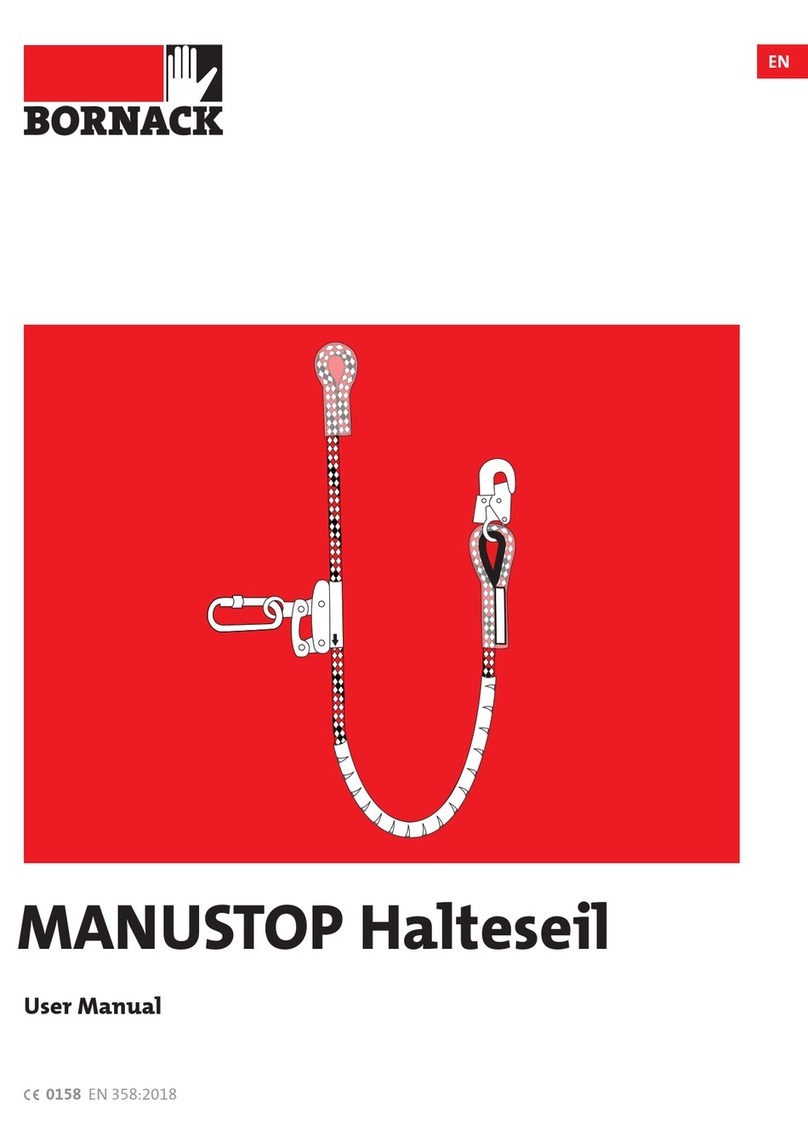
Bornack
Bornack MANUSTOP Halteseil User manual
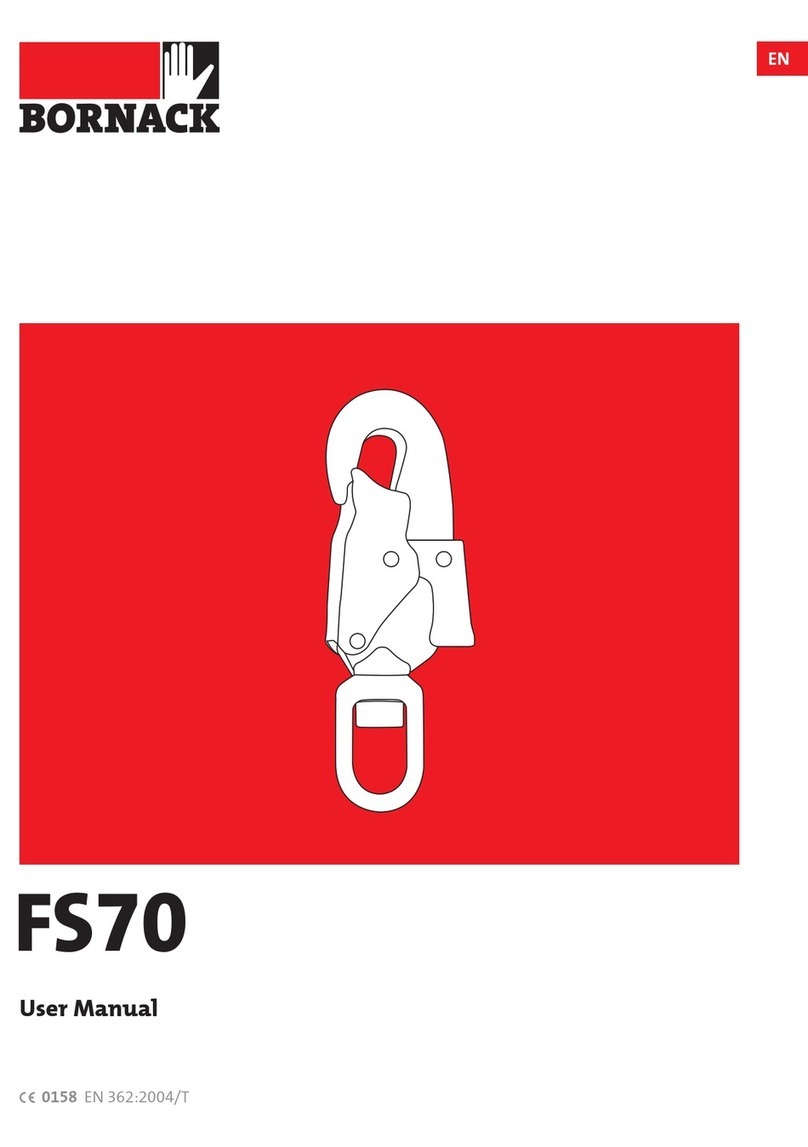
Bornack
Bornack FS70 User manual
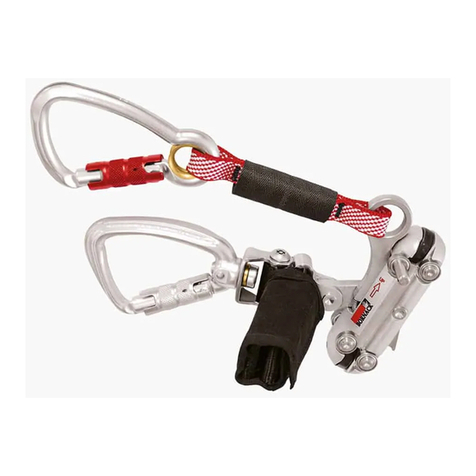
Bornack
Bornack RAILSTOP RS S06 User manual

Bornack
Bornack BOOT User manual

Bornack
Bornack FALLSTOP ROPSTOP 3 User manual

Bornack
Bornack LORY HOLD LOH01 User manual
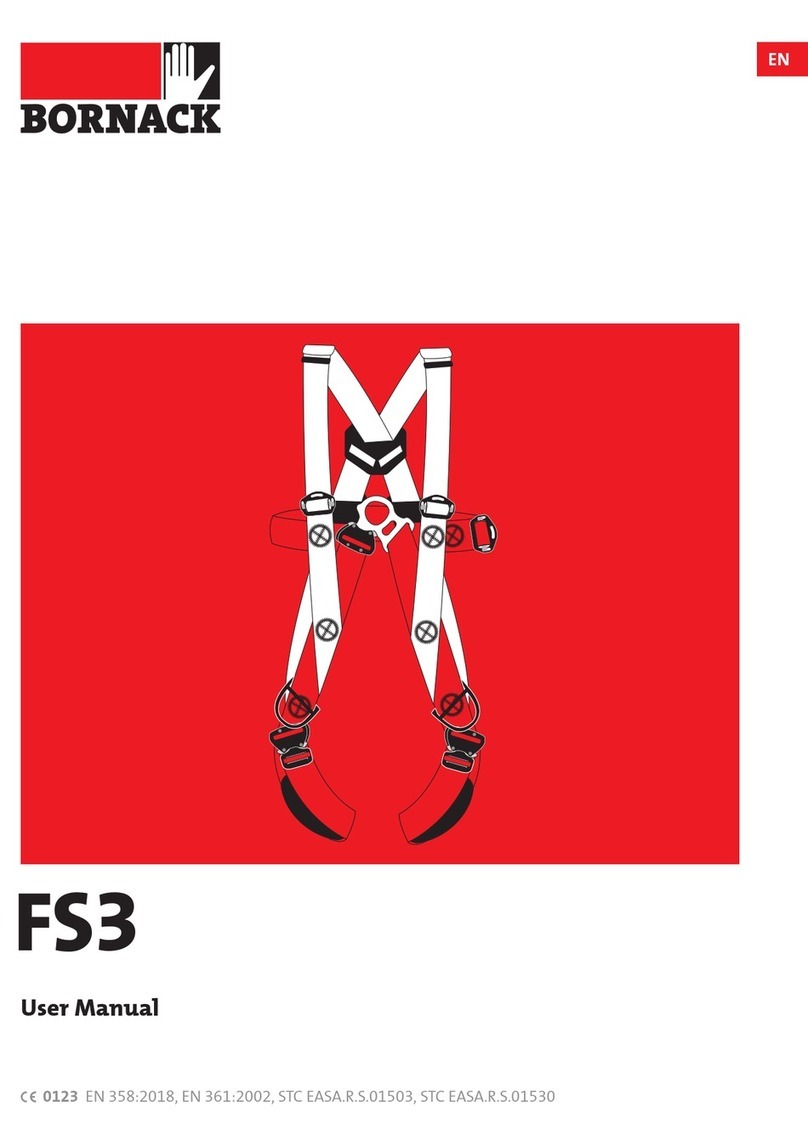
Bornack
Bornack DELTA FS3 User manual
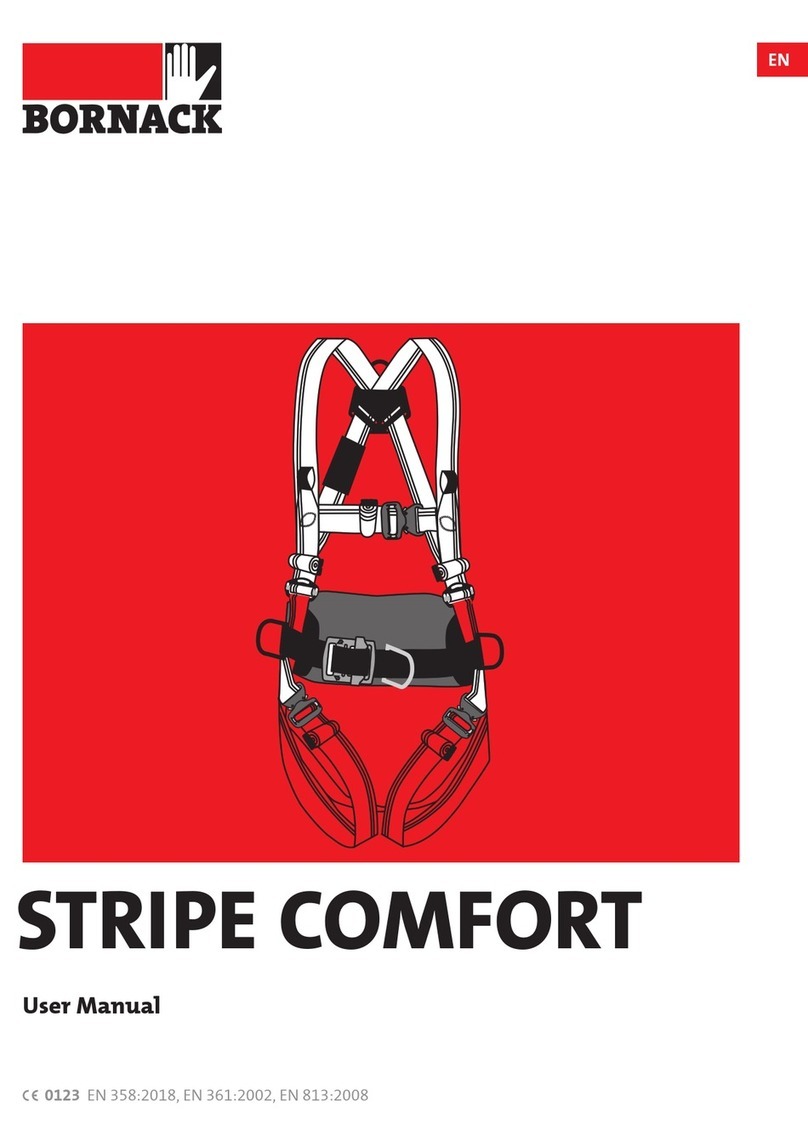
Bornack
Bornack Stripe Comfort User manual

Bornack
Bornack EVO SAFETY User manual
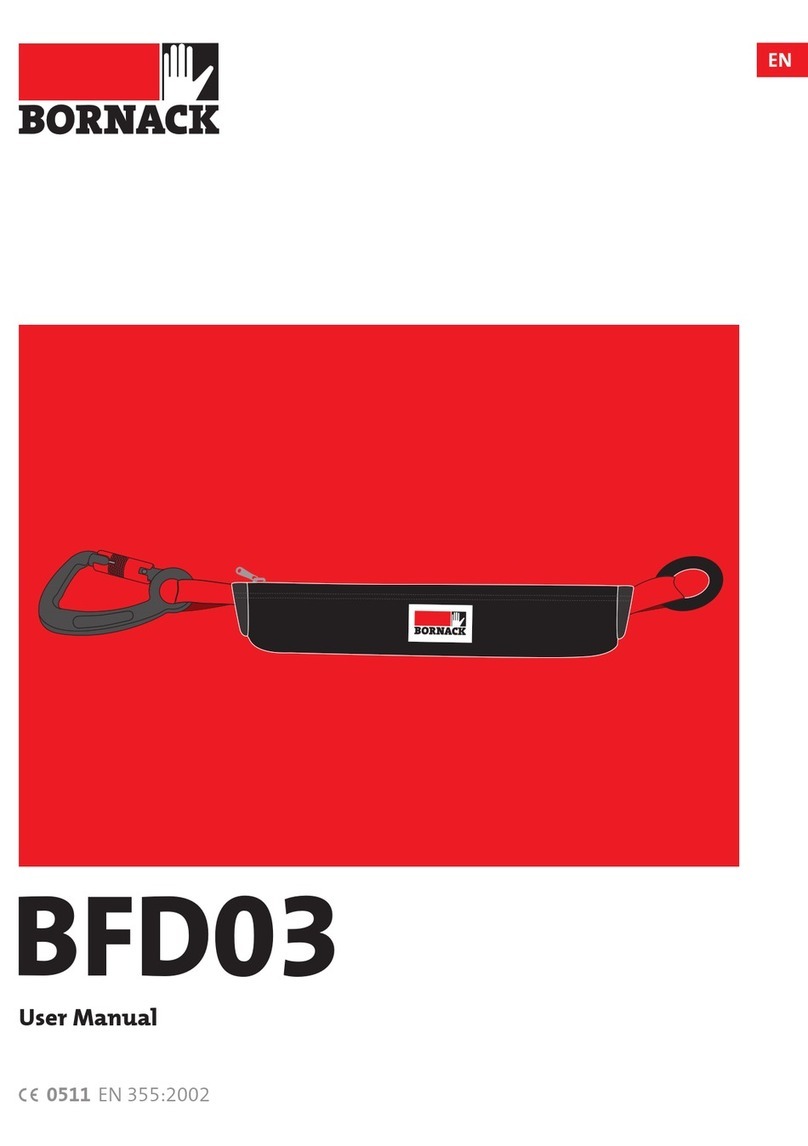
Bornack
Bornack BFD03 User manual
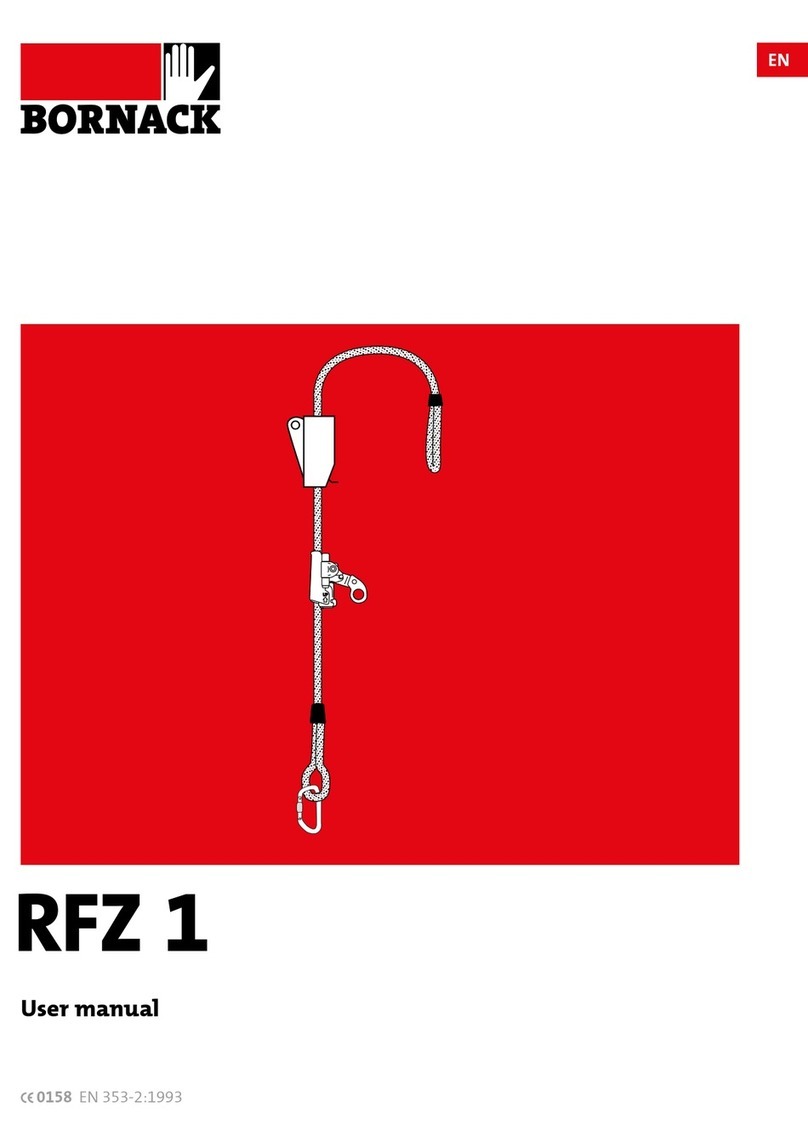
Bornack
Bornack RFZ 1 User manual
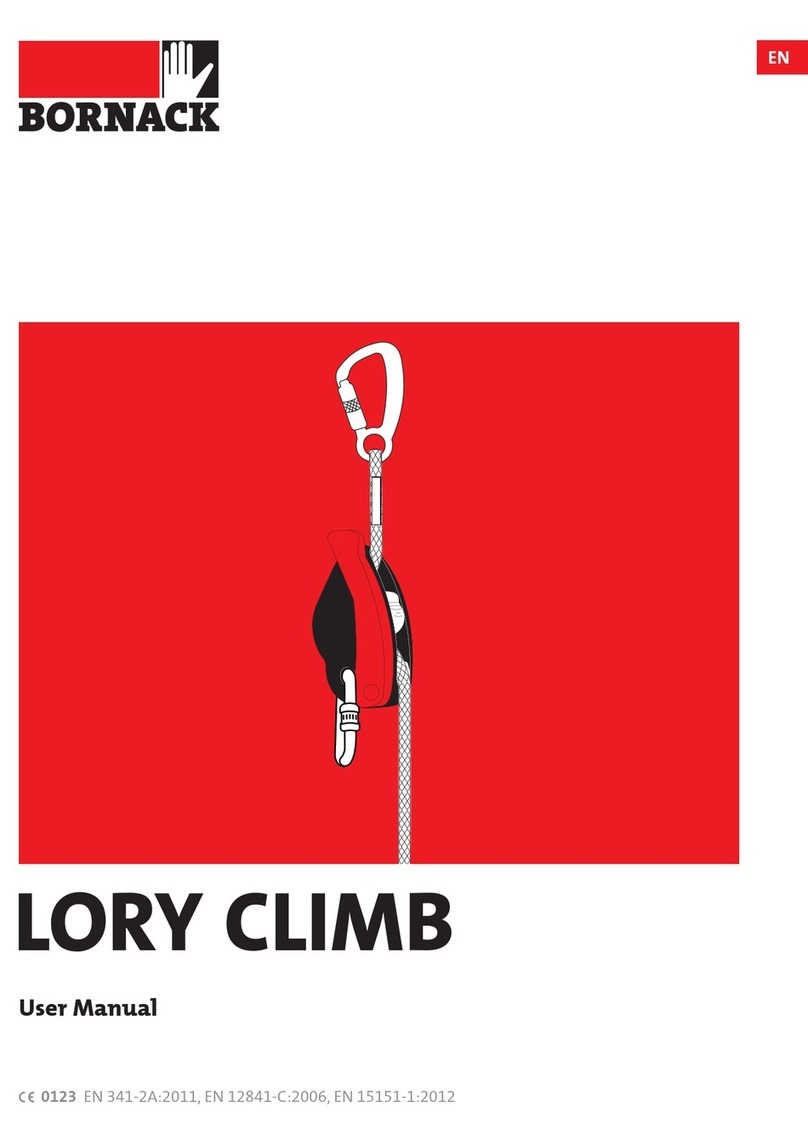
Bornack
Bornack LORY CLIMB User manual
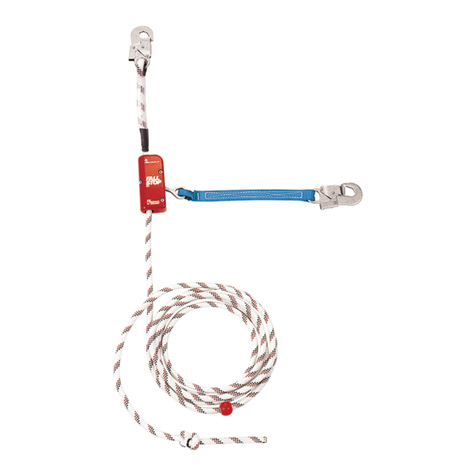
Bornack
Bornack FALLSTOP BK User manual
Popular Safety Equipment manuals by other brands

Lanex
Lanex PB-20 instruction manual

SKYLOTEC
SKYLOTEC ANCHOR ROPES Instructions for use

Besto
Besto Buoyancy Aid 50N Instructions for use

TEUFELBERGER
TEUFELBERGER NODUS Manufacturer's information and instructions for use

Troy Lee Designs
Troy Lee Designs Tbone Product owners manual

Innova
Innova Xtirpa Instruction and safety manual

bolle SAFETY
bolle SAFETY B810 quick start guide

SHENZHEN FANHAI SANJIANG ELECTRONICS
SHENZHEN FANHAI SANJIANG ELECTRONICS A9060T instruction manual

Hiltron security
Hiltron security POWER8E Installation and use manual

Salewa
Salewa MTN SPIKE user manual

Hatco
Hatco B-950P installation guide

Sitec
Sitec TX MATIC operating manual
